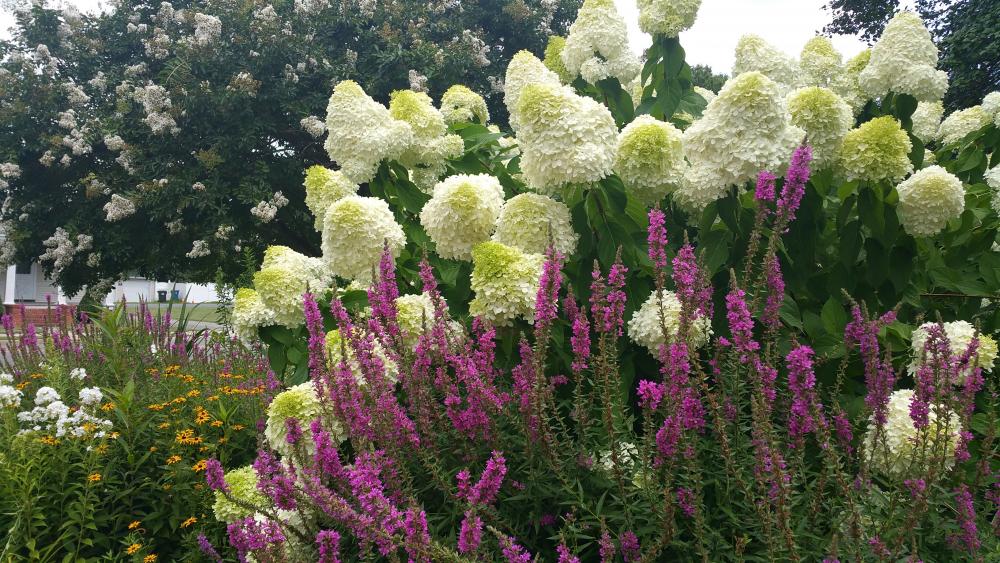With record-breaking warmth, signs of Spring are everywhere from buds on shade trees to flowering quince and camellias. Since Talbot County’s average final frost date is the end of April, here are some ways to guard against the inevitable return of the extreme cold of February/March.
-
- Protect delicate plants by wrapping them in burlap or landscape fabric
- Spray anti-desiccant on the shiny broad-leafed evergreens to prevent foliage from drying out
- Apply an extra 3-4” of mulch to insulate roots from extreme swings of outdoor temperatures. However, avoid applying mulch directly against plant trunks
- Select plants hardy for Talbot County (Plant Zone 7)
- Be aware of microclimates
In my yard, I have two such areas that have varying climatic conditions: An exposed north-facing garden bed blasted by cold winter wind and an alcove nook with no wind and only morning sun. These two microclimates can vary by ten ambient degrees. Selecting the correct plants for both scenarios is essential.
While the soil is damp and not frozen, there are a couple of things you can do to help prepare for a successful garden. First, dig out those pesky weeds. There is no reason to wait since they will only get bigger and more difficult to remove. Second, prune, prune, prune. Yes, you can do some pruning at this time of year!
Here are some pruning do’s and don’ts:
-
- Don’t remove more than 1/3 of the tree or shrub’s branches in any one year
- Use only sharp tools to make clean cuts
- Remove dead branches
- Cut 1” above a lateral bud or branch
- Prune evergreens in late winter, just before spring growth
- Prune flowering shrubs just after they finish flowering
- Don’t use hedge clippers; use pruning shears or loppers to ‘selectively’ prune branches
- Remove a branch that is rubbing against another branch
- Selectively remove branches that are growing inward
- Remove branches that will open up the central part of the plant allowing sunlight onto potential new growth in to reduce the overall size of the plant
- Remove new water sprouts as they will become an inappropriate new branch
- Trim shrubs so that the bottom half is wider than the top half. The upper branches should not block sunlight for the lower branches
Refer to the following plant lists for the monthly recommended pruning schedule:
Pruning shrubs
Pruning deciduous trees
Pruning evergreen trees
You can also watch the proper way to prune shrubs here.
Meredith Watters, Watterscape Designs, received her Masters in Landscape Architecture in 1985. In her consulting and design of residential landscapes, she maintains a strong focus on ecologically sensitive and creative outdoor solutions.
Don’t miss the latest! You can subscribe to The Talbot Spy‘s free Daily Intelligence Report here





Write a Letter to the Editor on this Article
We encourage readers to offer their point of view on this article by submitting the following form. Editing is sometimes necessary and is done at the discretion of the editorial staff.